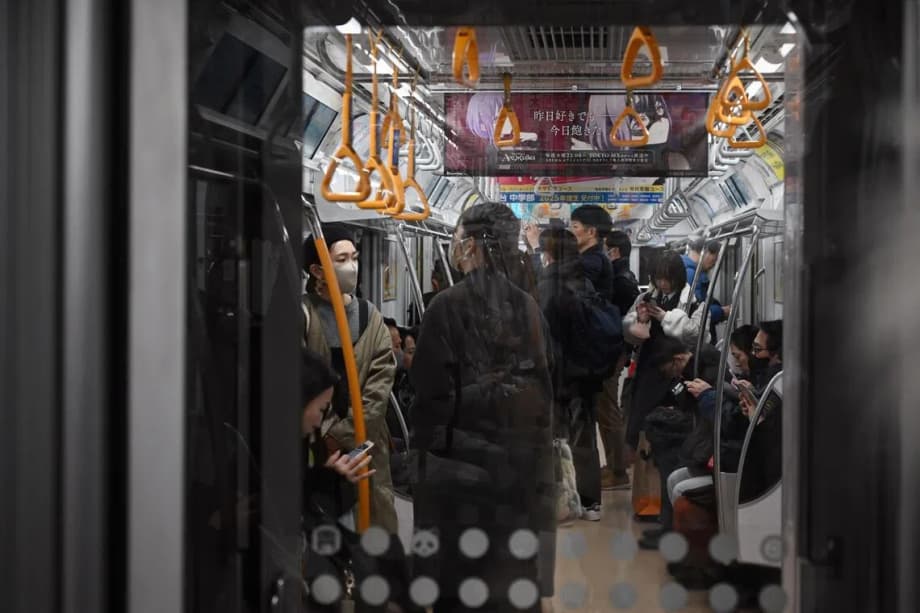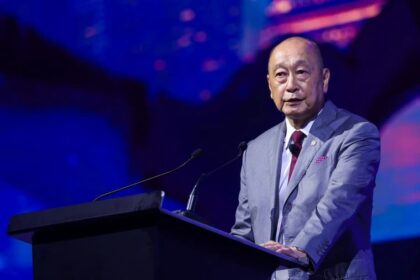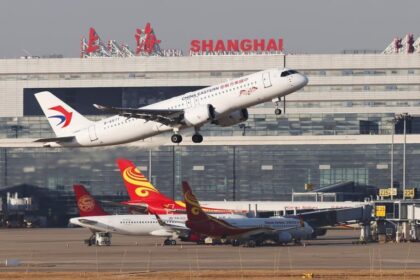Why this anniversary matters
On Nov. 1, Tokyo celebrates a centennial that runs on rails. The JR Yamanote Line, the iconic green circle that links 30 stations around the city center, marks 100 years since it first completed full loop service in 1925. It is more than a convenient ride. It is a circulatory system for a mega city, a guide for visitors, a daily habit for commuters, and a map that organizes neighborhoods and business districts. Trains complete the 34.5 kilometer loop in about an hour, with service every three to four minutes at peak times. Around 970,000 people ride it each day, a scale that reflects its role as the backbone of urban life.
The anniversary arrives with one eye on the past and one on the future. Celebratory trains are dressed to evoke earlier eras of rolling stock. At the same time, the operator is preparing new technology that will change how trains are driven and how stations are managed. The Yamanote Line began as a freight and connector route. It became the central ring that helped Tokyo shift west and grow upward around its stations. Today, the line is both a living museum of modern urban history and a platform for experiments in automation and sustainable energy.
From freight corridor to urban backbone
The Yamanote Line’s story started with a straight segment, not a circle. In 1885, the Shinagawa Line opened between Shinagawa and Akabane. By 1909, it was linked with the Toshima Line between Tabata and Ikebukuro and the combined route was named the Yamanote Line. For years, one missing link prevented a full loop. The corridor between Ueno and Tokyo Stations was so dense with buildings that a through line seemed impossible.
Everything changed after the Great Kanto Earthquake in 1923. Reconstruction created space and political urgency for a modern rail connection. In 1925, an elevated section opened between Ueno and Tokyo and the loop was complete. The ring measured 34.5 kilometers, the same length it covers today. Early on, freight trains were common on the line, but the network gradually shifted to focus on passengers as Tokyo’s population grew and daily travel patterns evolved.
As people moved from the traditional core toward the western suburbs in the early Showa era (1926 to 1989), stations like Shinjuku, Shibuya, and Ikebukuro became magnets. Private railways tied their own lines into these hubs. Each station area developed its own identity, retail clusters, and job centers. The result was a polycentric city with the Yamanote as the ring that connected it all.
That transformation set a pattern that endures. Today, the loop links core business areas, old shopping streets, tech districts, university zones, and nightlife neighborhoods. The line’s green trains are not just moving people, they are knitting together different parts of Tokyo’s daily life in a predictable rhythm.
A celebration on the rails
To mark the milestone, JR East rolled out two E235 series trains wrapped in designs inspired by classic Yamanote models. One replicates the all light green 103 series, which served the line from the 1960s through the 1980s. The other echoes the 205 series, the first stainless steel set used on the loop, which ran until the mid 2000s with a light green stripe. Both commemorative trains carry an anniversary headmark and special logos. They are scheduled to operate through Nov. 3 and make fewer than ten completed loops per day, with times varying by date.
The festivities include a stamp rally at selected stations, including Tokyo, Ueno, Sugamo, Shinjuku, Harajuku, and Takanawa Gateway. On Nov. 1, a dedicated charter train is set to make one full loop to and from Ikebukuro, a ticketed run marketed to fans who want to be on board on the precise anniversary day. The fare for adults is listed between 2,500 and 3,000 yen.
Railway fans have already gathered trackside and on platforms, especially at Osaki, to photograph the retro liveries as they pull in and out. Station staff are using the moment to engage regular riders and visitors with events and displays that highlight how the line has changed across decades.
Osaki Station’s stationmaster, Masami Kitajima, addressed enthusiasts and commuters who came to see the special trains.












